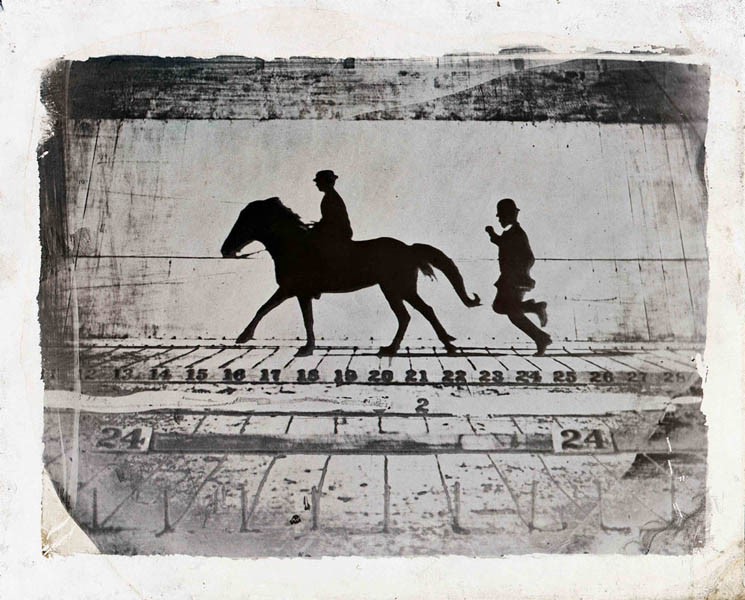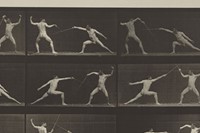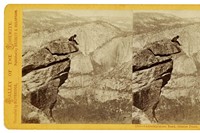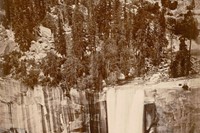Who? British-born Eadweard Muybridge pushed the limits of the camera's possibilities, creating images of animals and humans in motion, as well as breathtaking views of the American landscape, that have since become renowned examples of a pioneering age of image-making. He invented the zoopraxiscope, which turned his photographs into short moving sequences, and anticipated later developments in cinema. Muybridge travelled extensively in North and Central America, and enjoyed a career as a successful lecturer. It was a life that often spilled into drama: he became the subject of scandal when put on trial for the murder of his wife's lover.
What? This current retrospective showcases the full range of Muybridge's art for the first time and also explores the ways in which he created his groundbreaking images. Highlights include a 17 foot, 360-degree panorama of San Francisco, created using a handheld device called a stereoscope.
Why? Muybridge has inspired numerous artists from varying disciplines over the years. His influence can be found in Marcel Duchamp's painting Nude Descending a Staircase and countless works by Francis Bacon; in John Gaeta's 1999 film The Matrix, Philip Glass's 1982 opera The Photographer and the work of fashion photographer Nick Knight.
Eadweard Muybridge at Tate Britain until 16 January 2011
Text by Laura Bradley



